Mojón 2015 for rivers
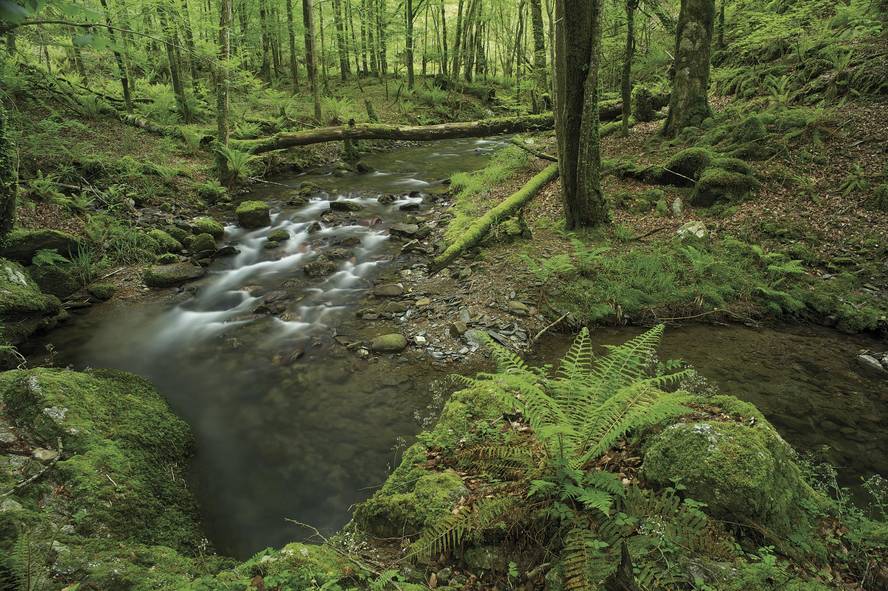
"We go from a diffusion to a rigor in the management of the water masses, we are increasingly demanding more and that puts us on the right path to improve the ecological state of the water masses," says Arturo Elosegi, a researcher from the UPV River Ecology group. The European Water Directive establishes as an environmental objective that Member States must achieve that, no later than fifteen years after the entry into force of the regulations (year 2000), surface waters are in good condition.
"Undoubtedly, neither by 2015 nor by 2020, the rivers will not be in good ecological state. But let's go for a good way. The publication of this regulation meant an authentic revolution in the management of rivers and, above all, in their understanding. Until then, only the quality of the water of the rivers was taken into account, the water was clean or dirty. Now the entire ecosystem is taken into account and the goal is to care for it," added Elosegi.
Specifically in the CAPV, the URA agency is responsible for compliance with the directive, since its task is the management of aquatic ecosystems. Alberto Manzanos is a member of the locality and works to monitor the ecological state of the water masses of the CAPV. It also knows the smallest detail of the Directive and clarifies that the regulations go beyond its headline or main objective: "On the one hand, it allows to extend the maturities according to the possibilities and resources available to achieve the objective. Specifically, in 2015 we will launch a new hydrological plan, which will continue until 2021, in which measures will be proposed to continue improving the ecological state of the rivers".
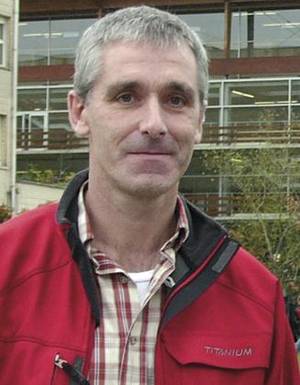
The Directive also includes exceptions to deadlines, such as the “heavily modified water masses”, which have suffered major physical changes due to human activity. They are so transformed, "in those waters you cannot speak of ecological status, unless you tear down the old town of Tolosa," says Elosegi. The reservoirs are also included in this group. "It is not viable to think that the reservoirs can be demolished and regenerated; in them we use the stored water for the supply and it is more important to guarantee the human supply than anything," said Manzanos. In these cases, instead of a good ecological state, the Directive establishes the need to achieve a good ecological capacity, that is, that these masses of water do not recover to their original state, but are taken to the best possible state.
Greater margin of improvement in rivers
Both Elósegui and Manzanos resort mainly to the situation of the rivers when they speak of regulations. The reason is that the largest margin of improvement is concentrated in rivers. In other water masses the situation is quite good or very bad, according to Manzanos: "We have few problems in underground waters and they are also more limited in coastal waters. At the other end are the transition waters, the rías: the human pressure they endure is so high, most of which are integrated into the group of heavily modified water masses. If more than two million people live in the CAPV, more than half live in estuaries, such as Donostia, Irun, Pasaia, Deba, Zarautz, Bilbao, etc. And as if it were not enough, the recovery of the estuaries is, in fact, slower, since they are like the stops of the rivers towards the sea and, therefore, less dynamic".
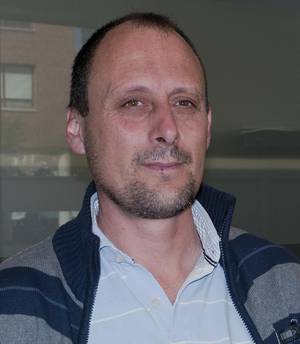
As for the rivers, therefore, Manzanos has indicated that in the realized planning it has been fixed as objective that for the year 2015 70% of the rivers of the oriental Cantabrian slope meet the objective of being in good state or very well, "and I think that for the route that we have until now we will stay close to the objective".
Healings, great impulse
Speaking of the measures taken to improve the ecological state of the rivers, Manzanos has highlighted sanitation above any other measure: "We have catalogued between 16 and 18 important issues, but today the priority theme is the creation of a sanitation network to which we have allocated many resources." The budget for the period 2009-2015 has been around 1 billion euros, and 57% has invested in this task.
Elosegi certainly sees that in Bizkaia and Gipuzkoa sanitation is the biggest problem: "In its day it was an industry that has already substantially improved all its procedures and the problem of contaminants that it used to pour has disappeared. Most of the cleaners are already built, now it is necessary to complete the sanitation network, make connections to them from the urban centers". Eibar, for example, is not connected for the most part and "in Urdaibai, in the section between Gernika and Bermeo, the collector is missing that will take the wastewater to the Bermeo treatment plant", said Manzanos.
Manzanos recognizes, from the point of view of citizenship, that this type of measures are not important because they consider that they should have already been taken because "they pay rates of supply and sanitation in taxes. But in the rivers it is spectacular how the quality of water changes when they are launched: Thus, for example, if the rivers Oria and Deba have passed from bad state to better state, it has been because the purification has been launched; the rivers have a great capacity of recovery. In short, while the physical-chemical quality of water is not good or acceptable, the ecological state of a water mass cannot be good. And there is still much to improve in the rivers."
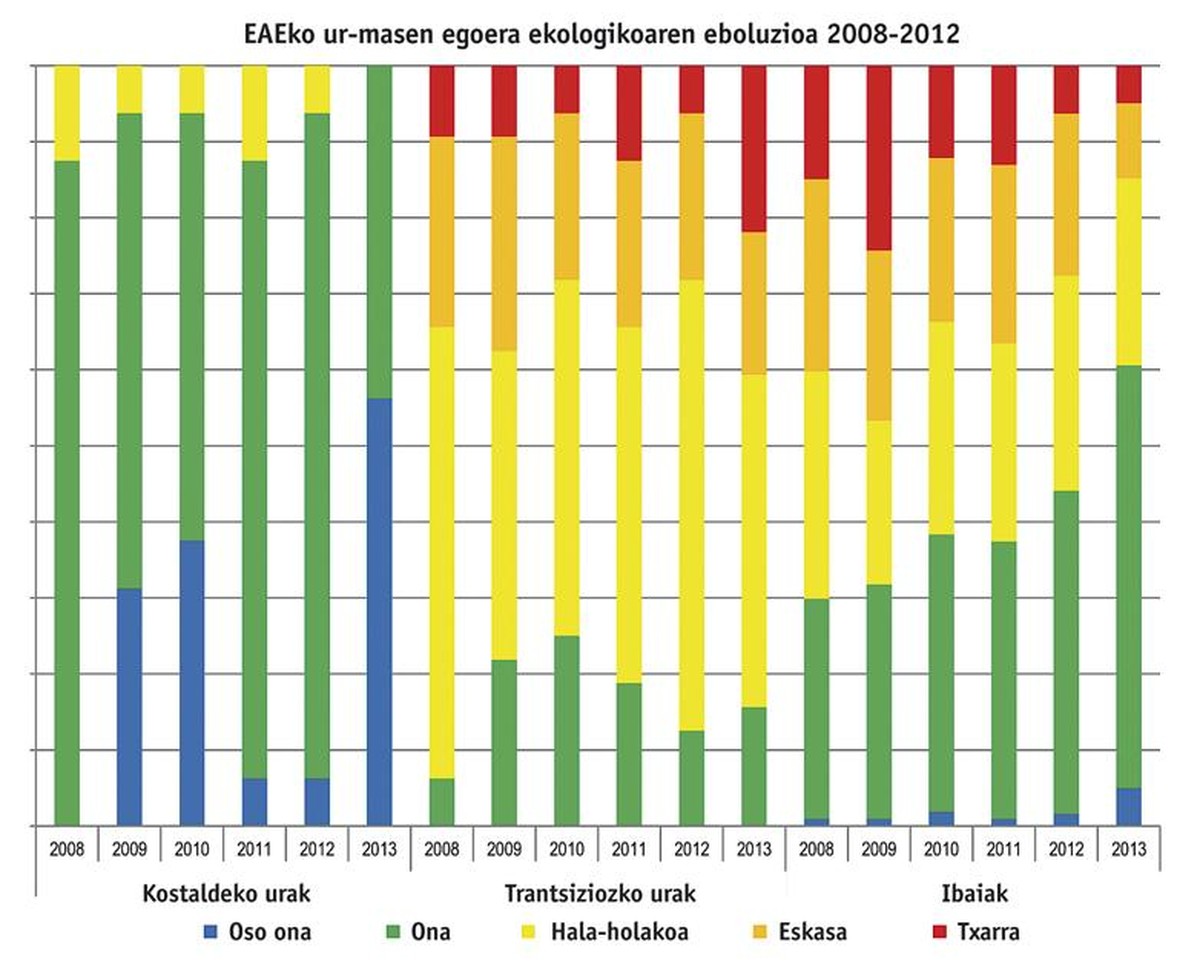
Other measures together with other directives
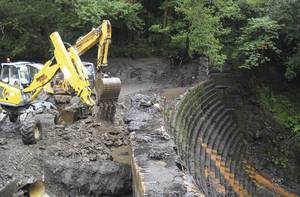
Without pretending to diminish importance to answer the biggest problem, Elosegi wanted to highlight other actions that are being carried out. One of them is the demolition of dams, especially those that are not used. "The dams make barrier effect and the aquatic living beings, especially the fish, can not move. In this way the populations of fish are favored, the habitat is improved, the continuity of the river is returned, etc. ", adds. Over time, in addition, "managers dare to do more and more things," said Elosegi, who has set as an example the 12-meter dam that melts in the Leitzaran river, the largest of the river: "The Inturia dam generated a reservoir of one and a half kilometers that is pouring in phases", due to the large volume of sediments accumulated in the reservoir.
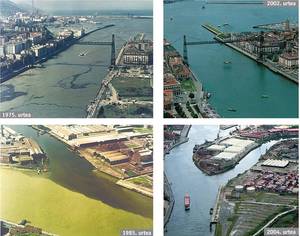
The actions to modify the hydromorphology of rivers are being carried out in collaboration with other current Directives, fulfilling several objectives with the same actions. In relation to the Flood Risk Protection Directive, for example, in some places like Martutene, it is a matter of bringing down the houses closest to the bank of the river (see Floods: new solutions to the usual problem). "This, on the one hand, reduces the risk of flooding and, on the other, encourages the river. It is clear that this action, not even the demolition of a prey in a given place, will not solve the state of the whole river, but there is something", explained Elosegi.
The other that favours the water directive is the conservation of natural habitats. It is in this directive that the Zones of Special Conservation (ZEC) have been declared, that is, the habitats in relatively good condition and of high natural value, whose protection and improvement requires the adoption of measures. Well, as Manzanos explained, "we have prioritized that the actions of restoration of the rivers are directed to these zones to favor their habitat or species". Elosegi has set as an example the Araxes River, where "beautiful restoration works have been carried out thinking about fish, throwing logs into the river. The fish are responding and we are also seeing that the river cleans more water."
In addition to those already mentioned, in this type of locations, actions of recovery of coastal forests are being carried out with greater force. In general, in the rivers of Euskal Herria, the coastal forests "are very bad and are a very big problem," says Elosegi. Many times it is very difficult to recover them, because on the edge of rivers there are human infrastructures, roads, buildings, industrial polygons, etc. "In them, sometimes, some gap can be recovered, but hardly," he added.
What is achieved and what is not
Although progress is being made in improving the state of the rivers and the water masses in general, both experts know in what aspects the objectives are to be achieved and where it will be more difficult and, sometimes, impossible to carry out the necessary changes so that the waters are in good ecological condition.
Manzanos, continuing with the important issue of sanitation, has indicated that, once the biggest mistakes or shortages have been solved, that is, the main networks of sanitation of the big urban nuclei, appear smaller needs, such as illegal connections, those that believe they are connected to the network but are not, or uncontrolled discharges. In addition, it will be necessary to address the sanitation of small population centers, which is more difficult due to the dispersion of the neighborhoods, far from the main urban nuclei. Neither its populations, nor its polluting load, are large, but as a whole the problem is important." This is a topic that should be addressed in the hydrological plan that will begin in 2015 and that sees it more difficult to make that leap.
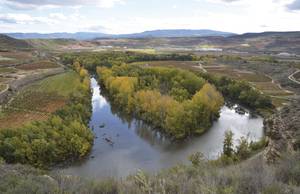
In any case, Elosegi sees realistic thinking that "all rivers will have clean water, that I do not doubt, it will be achieved sooner or later". It considers that progress will also be made in the hydromorphological restoration of rivers: "Just as we have started to throw dams and houses or to throw old bridges and to see new ones, I am sure we will begin to see the deanalyses of the rivers. Let's go for a good way."
Without a doubt, if it is a realistic objective or not, mentions that one cannot renounce the conservation of threatened species: "The Pyrenean desman, the European vison, and other species are in a critical situation (see Nahi bai, baina ezin) and must be fixed as objective to maintain them. For the moment we are going very badly, but I think we cannot say that there is no hope and it is over, that they are lost. With some of them, we also have enormous responsibility, since in the two cases cited almost the only populations that exist are in Euskal Herria".
New components in the cocktail of problems
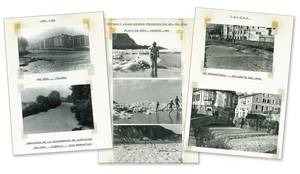
If the current problems were few, in addition, those that so far have not been “are appearing and are increasing. And they must be answered," Elosegi warned. On the one hand are the new pollutants: "nanoparticles, drugs, solar creams, lipsticks, dental pastes... all of them have a huge biological impact and are increasingly numerous. And they are found everywhere. Concentrations are sometimes very low, but also at very low concentrations are influenced by antibiotics, anticholesterol drugs, or hormones. These are not cleaned in the cleaners, they are not designed for it and end in the river. More and more problems are being detected and, then, within a few years, that will be the biggest challenge to achieve.
Elosegi has also mentioned invasive species as a new problem, whether animals or plants. "Fighting against them is costly, very difficult. If at most we had managed not to introduce many new species, it would be something," he says. Manzanos also mentions that "what can be done against them is very limited." He explains that some punctual and pilot action has been carried out, but always with the aim of “controlling these species so that they are no longer extended. We cannot target the total elimination, because we could not fulfill it."
To conclude, Elosegi has addressed the issue of climate change: "Climate change is causing new pressures. If the water temperature rises 2-3 degrees, farewell to salmon. And to the Pyrenean desman, for example, we do not know how it will affect him, but it will do little. In view of this, what is Plan B?"





